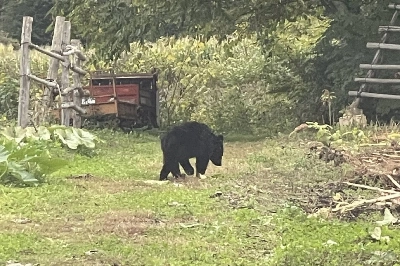You won't have learned it in English class, but if you have chatted with an English-speaking teenage girl lately, or, better yet, overheard her talking on the phone, you're sure to have encountered it. We're referring to that innocuous little word "like." Not the way the grammar books use it ("I like you" or "My love is like a red, red rose" or "It looks like rain"), but the way it is increasingly being used by native speakers, especially young, female ones -- as an apparently meaningless verbal tic that infuriates parents and teachers alike. You, like, couldn't have missed it.
"Like" has been around in various nontraditional forms for a long time, at least since a beatnik first said "Like wow, man," back in the dim, dark 1950s. It took on a new lease of life in the mid-'80s, when the so-called valley girls of Southern California adopted it (though that is, like, so last century now). Since then, there has been a low but constant anti-"like" grumble from the language purists, who had obviously believed the trend would fade along with other risible Beat Generation utterances such as "digging it" or "it's a gas."
But "like" survived and spread, and now it has bobbed to the surface of public concern all over again with the publication of an article in this month's Journal of Semantics that explains and defends the latest "nonstandard" usages. There is a twist, though, and it has the purists in a huff. The author, a U.S. university English professor with the charming name of Muffy E.A. Siegel, mounted a serious investigation into the modern forms of "like" -- using her 17-year-old daughter and the daughters' friends as her, like, guinea pigs -- and concluded, to the consternation of many, that the girls' use of the word is not so terrible after all.

















With your current subscription plan you can comment on stories. However, before writing your first comment, please create a display name in the Profile section of your subscriber account page.